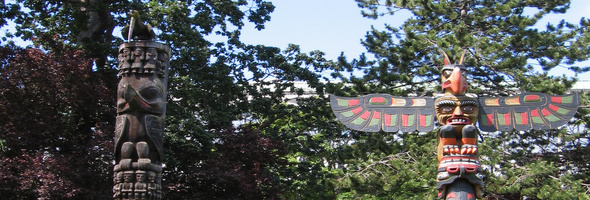We’ve still got a pain-stakingly long two weeks (roughly) until Cataclysm drops. 4.0.3a will bring a wealth of opportunities to see the new zones and play with the race/combo changes, but how else is your time being spent? Here’s what I’ve seen a lot of in Trade Chat:
Player1: What’s going on in SW?
Player2: Pre-Cata Event
Player1: What do you do for it?
Player3: It’s 5 quests and that’s it.
Player1: What do you get for it?
Player4: Nothing.
Player1: Lame.
Now that the new Elemental Invasion is underway, I saw a lot of this:
Player1: What’s going on in IF?
Player2: Elemental Invasion for Pre-Cata
Player1: Grr… I can’t do anything here right now.
Player3: You have to kill the elementals and rescue civilians.
Player1: What do I get for it?
Player4: ilevel 251 epics from some dungeons.
Player1: Awesome!
I gotta say, this makes me sad. I’m well aware of the addictive nature of seeing a shiny new purple epic show up in your inventory, but the complete shunning of anything potentially entertaining in the game baffles me. Of course, not everyone is going to like every little nuance in the game. Blizzard has tried to do a thorough job of making the game diverse enough for everyone. In the 4 years I’ve been playing WoW, I think they’ve done a bang-up job, too.
Give your eyes some exercise!
I’ll be the first to admit that throughout most of my WoW career I read only the objectives, then looked to QuestHelper (or the new WoW version) to guide me on my way. I paid no attention to the text or lore of the quests.
Wrath of the Lich King changed that for me. In Burning Crusade, I didn’t have any passion to see Illidan dead. Yeah, I knew he was the last boss, but I didn’t harbour a pure hatred for him. Arthas was a different story. The way we saw Arthas throughout this latest expansion instilled a desire to annihilate him when Icecrown Citadel was opened. We got to play as him, we were taunted by him, and we were at times aligned with him. In short, we became invested in the story and its outcome.
When Cataclysm was announced, I immediately started to thirst for knowledge. Who was Deathwing? How did he get to be so horrible? Why is he so mad? What other forces might we fight against? My first homework was to check out WoWpedia for an overview. It gave me a decent amount, but not enough. I then decided to go to the books. Christie Golden’s The Shattering is a quick and easy read. I tore through it in a day. There are other books that give you more history on Deathwing and the Dragon/Demon Soul, and it’s on my nightstand as I write this.
Also, I took the time to read the quests in the pre-Cataclysm event. Following the Doomsayers, visiting the Twilight Hammer’s camp, seeing the image of Cho’gall, all driving me further towards my passion of seeing Deathwing dead. Not for “epic lewtz”, but just to see the antagonist dead.
What can I do to get involved?
- Take time to read the quests. They’re 2 paragraphs at most, and take no more than 30 seconds to read.
- Check out WoWpedia. Search for Deathwing and get “click-happy”. I found myself on so many different wikis learning about the characters we’re spending the next ~2 years with. (The combination of Thrall and Magni Bronzebeard made me decide to race change my Shaman to Dwarf)
- Read some of the novels! Across the board, people have recommended Lord of the Clans as a great place to start. From there, if you’re gearing up for Cataclysm, read The Shattering right after. Both are quick reads and really enjoyable (though I have issues with some of Golden’s writing choices).
Think of it this way: Why do people get so involved in movies and TV shows? It’s because we get invested in them. We learn to love the protagonists and hate that antagonists. Maybe it’s the other way around! Either way, you become attached to the characters in the story. The same exists with video games. Some of the best video games out there have compelling storylines with deep characters. WoW, in my opinion, is no different. I look at my playtime as “living through a story.”
I know that in Cataclysm, I’ll be trying to get my main up as fast as possible, while using an alt to actually read the quests along the way. I want Deathwing’s head on a platter, including his metal chinny-CHIN-CHIN!!

